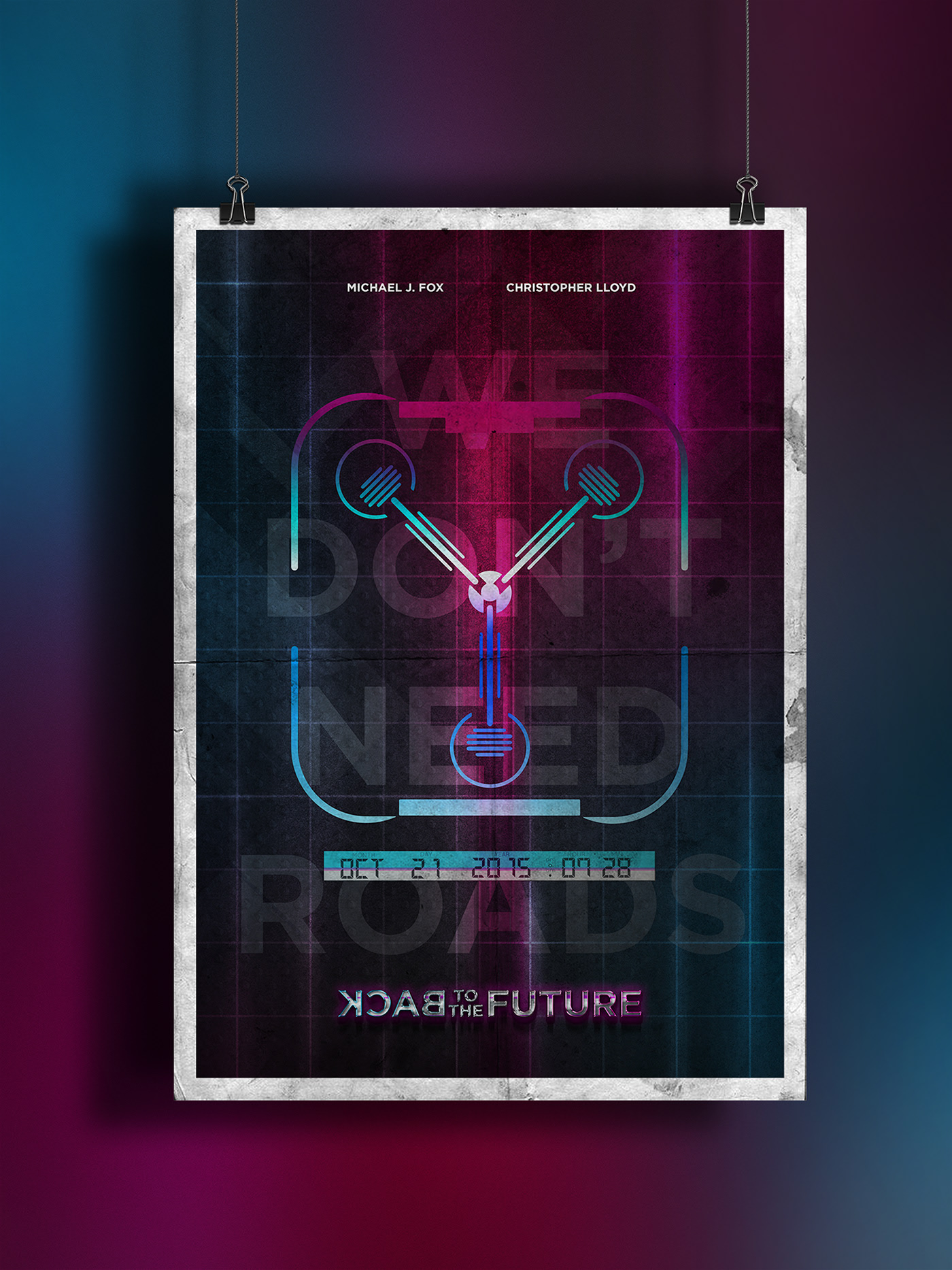The phenomenon of nostalgia permeates the collective consciousness, manifesting in various avenues of cultural expression, including film, fashion, and even gift wrap. A striking illustration of this is the “Back to the Future” franchise, which has not only captivated audiences since its inception in the 1980s but also continues to serve as a cultural touchstone for retro movie aficionados. In examining the appeal of a gift wrap adorned with imagery and motifs from “Back to the Future,” it is pivotal to locate this discussion within the framework of cultural relativism, allowing an exploration of how cultural perspectives shape the perception of nostalgia and its manifestations.
The intricate relationship between film and cultural memory cannot be overstated. Movies often act as repositories of collective experiences, embodying the zeitgeist of their respective eras. “Back to the Future,” in its innovative portrayal of time travel and its commentary on the socio-political landscape of both the 1980s and the future it imagined, engages viewers in a dialogue about history, progress, and identity. The nostalgic allure of the series evokes a sense of longing for the simplicity of past decades, fostering a multifaceted emotional response. Gift wraps featuring iconic elements like the DeLorean, the Flux Capacitor, and characters such as Marty McFly and Doc Brown tap into these emotional reservoirs, making them an enticing choice for gifting.
From a cultural relativism perspective, one can assess how nostalgia operates differently across varied contexts. For a younger generation, the “Back to the Future” gift wrap may encapsulate an era they did not experience firsthand yet feel a certain affinity toward through media representation. This is attributed to the intertextual nature of contemporary media consumption, where past cultural artifacts are continuously repackaged and re-contextualized. The gift wrap is not merely an aesthetic choice; it is laden with layers of meaning that reflect the viewer’s beliefs and experiences.
Furthermore, this generational appreciation illustrates a broader cultural phenomenon—the commodification of nostalgia. In the hyper-consumerist landscape of the 21st century, retro-themed merchandise allows individuals to forge connections with a past that often feels more authentic or simpler than the immediate present. The gift wrap serves as an artifact that transmutes the act of gift-giving into an experience fraught with personal significance. It enhances the value of the gift by incorporating a visual homage that recipients can revel in, transcending the mere exchange of material possessions.
The importance of visual aesthetics in enhancing meaningful exchanges cannot be understated. An analysis of the imagery present in the gift wrap aligns with semiotic theory, where each element conveys a story beyond its surface representation. The depiction of the time-traveling DeLorean encapsulates not only innovation and adventure but also the profound symbolism of transformation—a theme that resonates universally. Similarly, the representation of Marty and Doc provides a lens through which viewers can explore themes of friendship, bravery, and the confrontation of existential dilemmas.
Moreover, the gift wrap’s role can be situated within the parameters of gift theory. Anthropologists such as Marcel Mauss have examined the significance of gift-giving as a social practice that transcends mere transactional relationships. A gift adorned with “Back to the Future” illustrations signifies an intention to evoke nostalgia and shared cultural values. It cultivates relational bonds by reflecting the giver’s understanding of the recipient’s tastes and histories, thus allowing for a deeper connection forged through mutual recognition of cultural touchstones.
While the visual appeal of retro-themed gift wrap is an undeniable factor in its popularity, it is equally essential to examine the socio-political dynamics at play in the enduring appeal of “Back to the Future.” The film encapsulates a distinctly American narrative characterized by optimism, innovation, and the belief in progress. Such themes resonate deeply in a contemporary context where uncertainty and existential anxiety pervade societal consciousness. The gift wrap acts as a conduit for escapism, inviting individuals to temporarily leave behind their current realities and immerse themselves in a past that promises adventure and whimsicality.
Furthermore, the aesthetics of retro designs invoke a sense of irony and playfulness that intersects with contemporary consumer culture. The juxtaposition of aging film aesthetics with modern sensibilities creates a humorous dissonance that appeals to a wide audience spectrum. Gift wrap bearing “Back to the Future” imagery plays a nuanced role in bridging generational divides, allowing individuals from disparate backgrounds to engage in a shared nostalgic experience. This cultural engagement can foster dialogue among generations about their perceptions of progress, time, and social change.
The cultural implications extend beyond mere aesthetic appreciation; they invite contemplation on the nature of time and its relativity in the context of personal experiences. Nostalgia is not merely a longing for the past; it is also an omnipresent acknowledgment of how past experiences shape present identities. As individuals engage with culturally loaded items such as “Back to the Future” gift wrap, they participate in a subtle negotiation of time, identity, and belonging.
In conclusion, the appeal of “Back to the Future” gift wrap epitomizes the intricate relationship between nostalgia, cultural identity, and consumerism. By examining these themes through the lens of cultural relativism, one can discern the underlying motivations and significations that fuel the fascination with such retro artifacts. This convergence of memory, identity, and aesthetics enriches the act of giving, transforming it into a culturally resonant experience that transcends temporal boundaries. In an age marked by rapid change, such nostalgic expressions remind us of the enduring power of shared cultural narratives and their capacity to forge connections across time and space.
